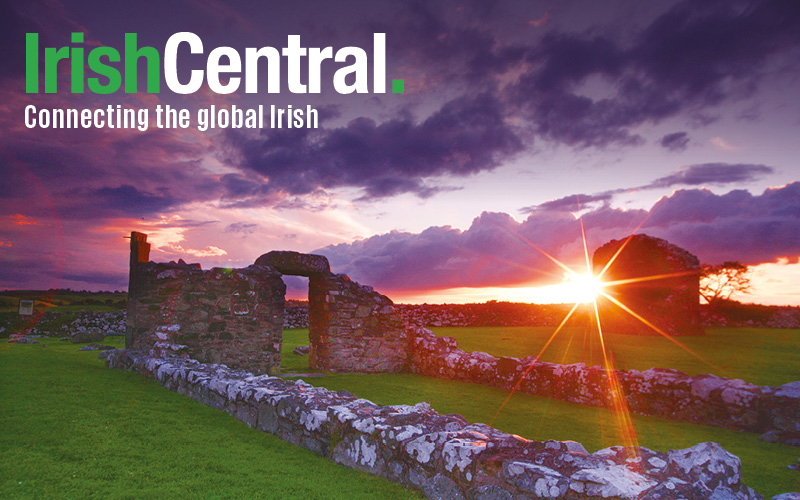New tests on the remains of a preserved body found in a County Laois bog have revealed the body to be the oldest discovered in the world.
Originally found by a Bord na Móna worker milling peat in 2011, the remains were initially believed to be female, and around 2,500 years old. However recent tests have shown the body is actually male and dates back to around 2,000 BC.
The chemical makeup of bogs enables preservation of human bodies for thousands of years. Older bog bodies have been discovered in the past, but none as mummified or well preserved as this version, RTE reports.
The body is believed to have been a member of historic royalty, and was almost certainly put to the sword by his own people. The body's head is still missing, and has never been recovered.
The Laois Nationalist reported that the findings were made by Dr. Eamonn Kelly of The National Museum who maintains that the wounds on the body, and the fact that it seems to have been tied down beneath hazel rods, all point to the man being the victim of a ritual sacrifice.
“All the indications are that the human remains from Cashel Bog tell of the fate of a young king who, through folly or misadventure, was deemed to have failed to appease the goddess on whose benevolence his people depended, and who paid the ultimate price,” he said.
The journal in which these findings are exclusively reported, "Ossory, Laois and Leinster", is edited and published in Crosspatrick, Co Kilkenny. Its editor, Pádraig Ó Macháin, says that this story proves the value of local history publications in being able to communicate important historical information in an accessible way to the relevant local communities.
The journal is available for sale at bookshops in Portlaoise and at Abbeyleix Heritage Centre.




Comments